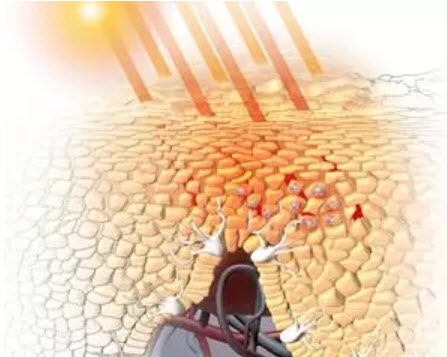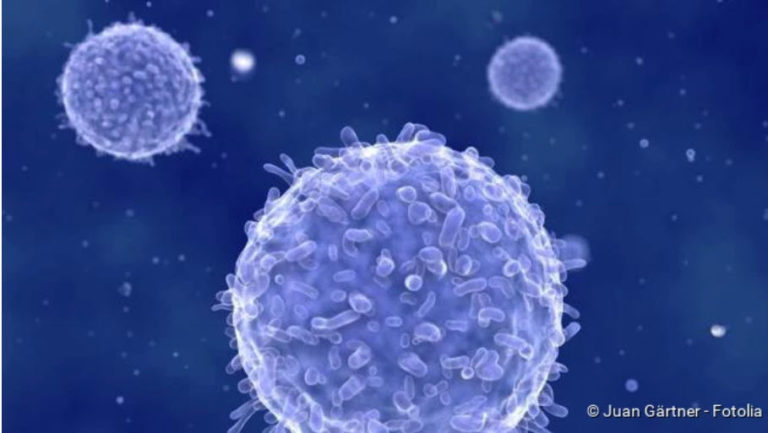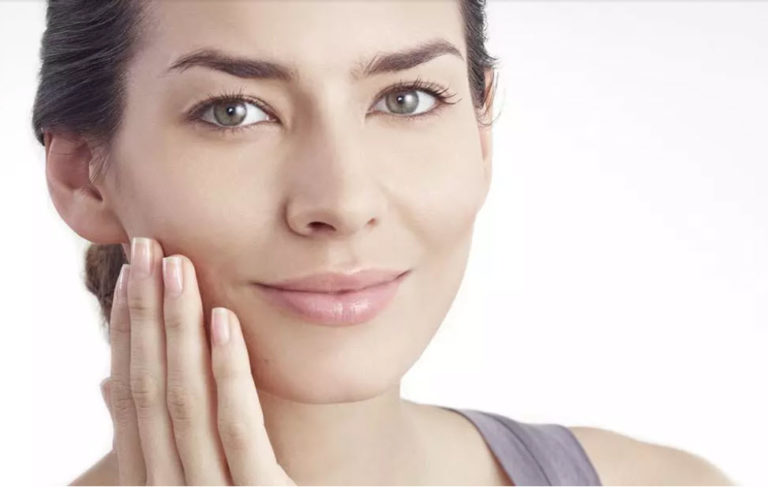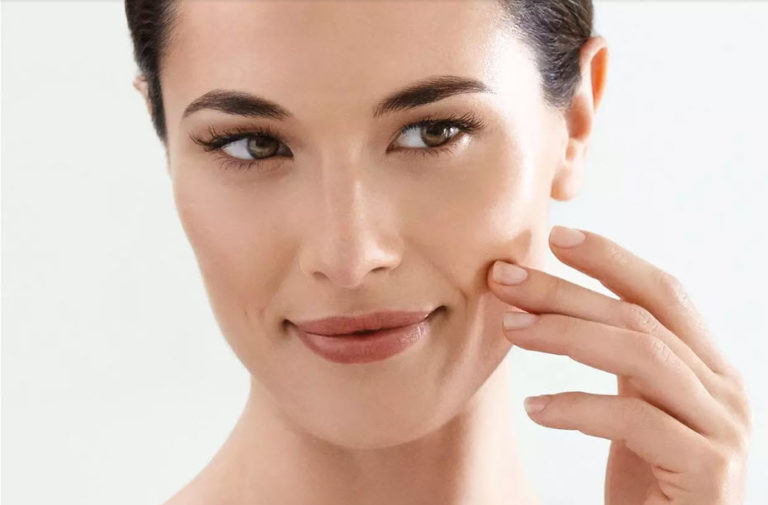Photoaging: Skin Aging Due To UV Rays: How To Avoid It
Photoaging: Skin Aging Due To UV Rays
The sun’s UV radiation is one of the most serious environmental influences on our skin (2) because, in addition to the tan that is perceived as beautiful (8), it also causes premature skin aging (photoaging) (3). In addition to increased wrinkles (12) and sagging skin, sun damage can also cause hyperpigmentation and, in the worst case, skin cancer (1). So if you want to enjoy healthy and beautiful smooth skin for as long as possible (9), you should start early on to reduce the effects of skin aging (4). Remember: UVA rays also penetrate clouds (6) and glass panes (5) (10). They, therefore, stress the skin throughout the year (7), so daily sun protection is recommended (11).
Signs and symptoms: How UV radiation damages your skin
The effects of UV radiation include direct DNA damage and the formation of free radicals. The visible consequences can range from premature skin aging to skin cancer. Because the face, hands, and décolleté (the low neckline on a woman’s dress or top) are more exposed to harmful rays than the rest of the body, these areas – especially the face – require careful care and constant protection all year round.
Typical signs of premature skin aging (photoaging) are
- Coarse skin patches and folds
- Sagging skin texture
- Uneven coloring
- Light callosity

If you notice unclear skin changes, it could be photoaging or another condition. You should consult your family doctor or a dermatologist.
Causes And Triggers Of Photoaging: Skin Aging Due To UV Radiation
With increasing age the skin changes:
- The amount of collagen and elastane in the skin decreases, the skin loses volume and elasticity and fine lines and wrinkles develop.
- The skin loses its ability to store sufficient moisture and the body’s own production of natural moisturizing factors decreases. The skin becomes drier.
- Uneven pigmentation may occur, such as dark spots called hyperpigmentation. Forms of this are age spots and sunspots and could be related to photoaging.

The causes of premature skin aging can be divided into two areas: internal (intrinsic, genetic) and external (extrinsic, environmental) factors:
- Internal skin aging: This type of aging is completely natural and we have no influence on it. Intrinsic aging is caused by internal factors such as genetics, ethnic origin, and hormonal changes in the different phases of life.
- External skin aging: External aging, on the other hand, is controllable. Extrinsic aging is caused by external factors such as the extrinsic aging of the skin, however, it can be controlled to a large extent. Influencing factors include the environment (weather conditions and sunshine), lifestyle (such as smoking and alcohol consumption), and medication. These factors can cause the skin to age prematurely.
In order to reduce the risk of extrinsic skin aging, experts recommend paying attention to daily UV protection – either with a suitable daycare product or with a sun protection product. You should also avoid excessive sunlight and refrain from smoking.
Protection Against UVA And UVB Radiation: Photoaging
More than 90% of the symptoms of skin aging are caused by UV radiation. Both UVA and UVB rays can cause sun damage.
UVA rays penetrate deep into the subcutaneous tissue (subcutaneous tissue). They lead to the formation of free radicals and can thus trigger long-term sun damage such as skin aging and skin cancer. UVB rays penetrate less deeply – they lead to acute sunburn and, via direct DNA damage, to long-term skin damage.
Although the radiant energy of UVA rays is lower than that of UVB rays, we are exposed to them 30 to 50 times more. They are present throughout the daylight period and with more or less constant intensity throughout the year.
Because they can even penetrate through the clouds and through glass panes, you should use care products with sunscreen even on cloudy days. Long-term sun damage can be prevented in this way.
A UV camera can make damage to the skin caused by too much sun visible that is not yet visible to the naked eye.
Preventing Sun Damage To The Skin And Photoaging
The importance of sun protection has been known for a long time and is confirmed by many studies. There is a high level of awareness of the dangers of unprotected skin when exposed to excessive solar radiation. This is shown by the fact that sun protection products are on almost every holiday packing list. Using it on particularly sunny days protects the skin safely from sunburn and long-term UV-induced damage.
But what about the areas that are constantly exposed to UV radiation – face, hands, and décolleté? It is only gradually becoming generally accepted that the early and regular use of a day cream with sun protection factor or sunscreen can prevent UV-induced skin aging.
Often we only realize the connection between sun exposure and UV-related skin aging when the first signs of aging become visible.
For example, only when the first wrinkles and small pigment spots appear. To effectively protect yourself from premature skin aging, you should use daily sunscreen all year round.
Anti-age care with sun protection or sun protection with anti-age effect?
Should one rather use anti-age care with integrated sun protection or better a sun cream with an anti-age effect? This depends on various factors.
Our rule of thumb:
- On sunny summer or winter holidays, sun protection should be the main focus even on cloudy days.
- For everyday life in the office or at home without long stays in the sun, the classic anti-age care is recommended.
In principle, anti-aging and sun products can also be combined well with each other – the product that is applied first is more effective.





